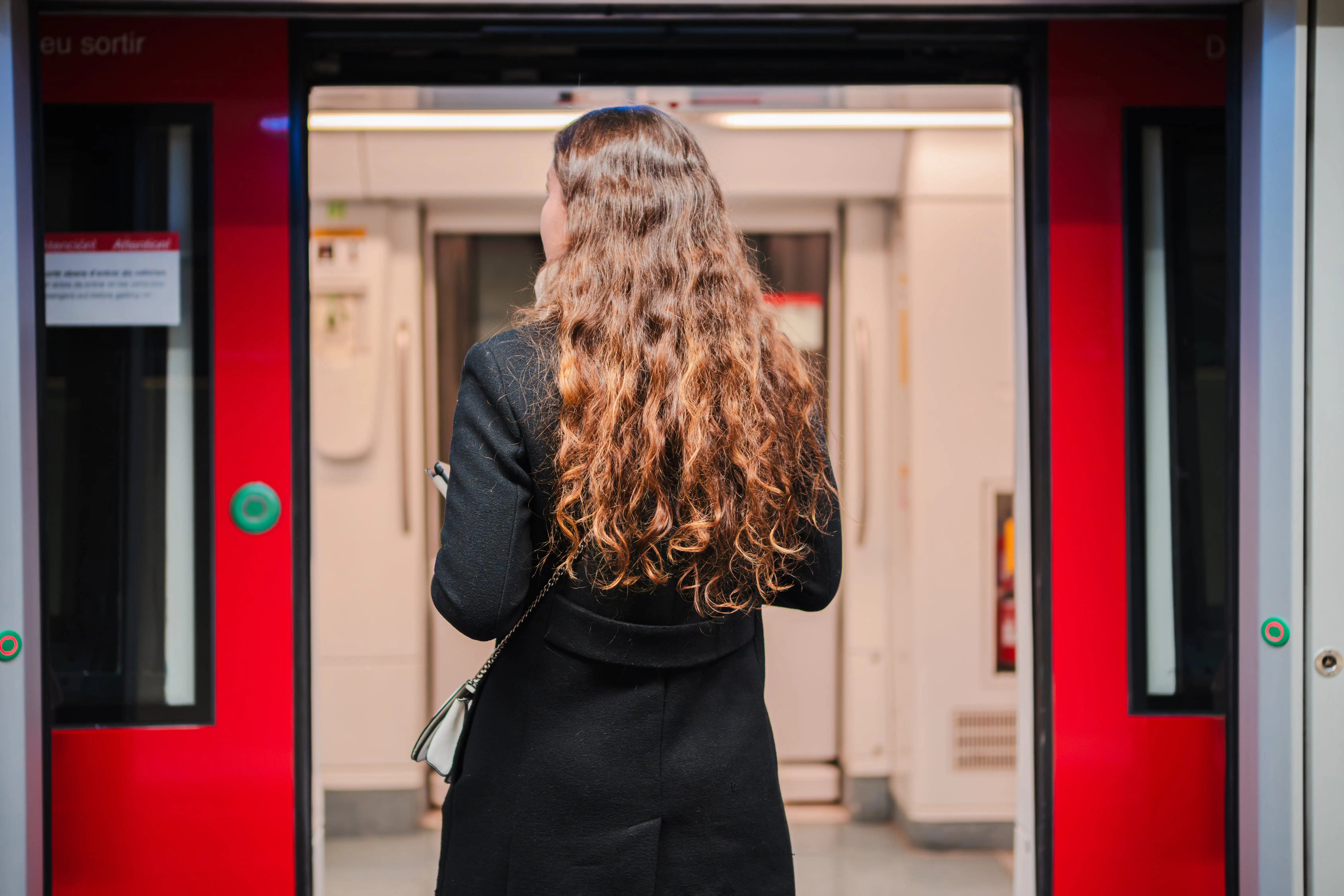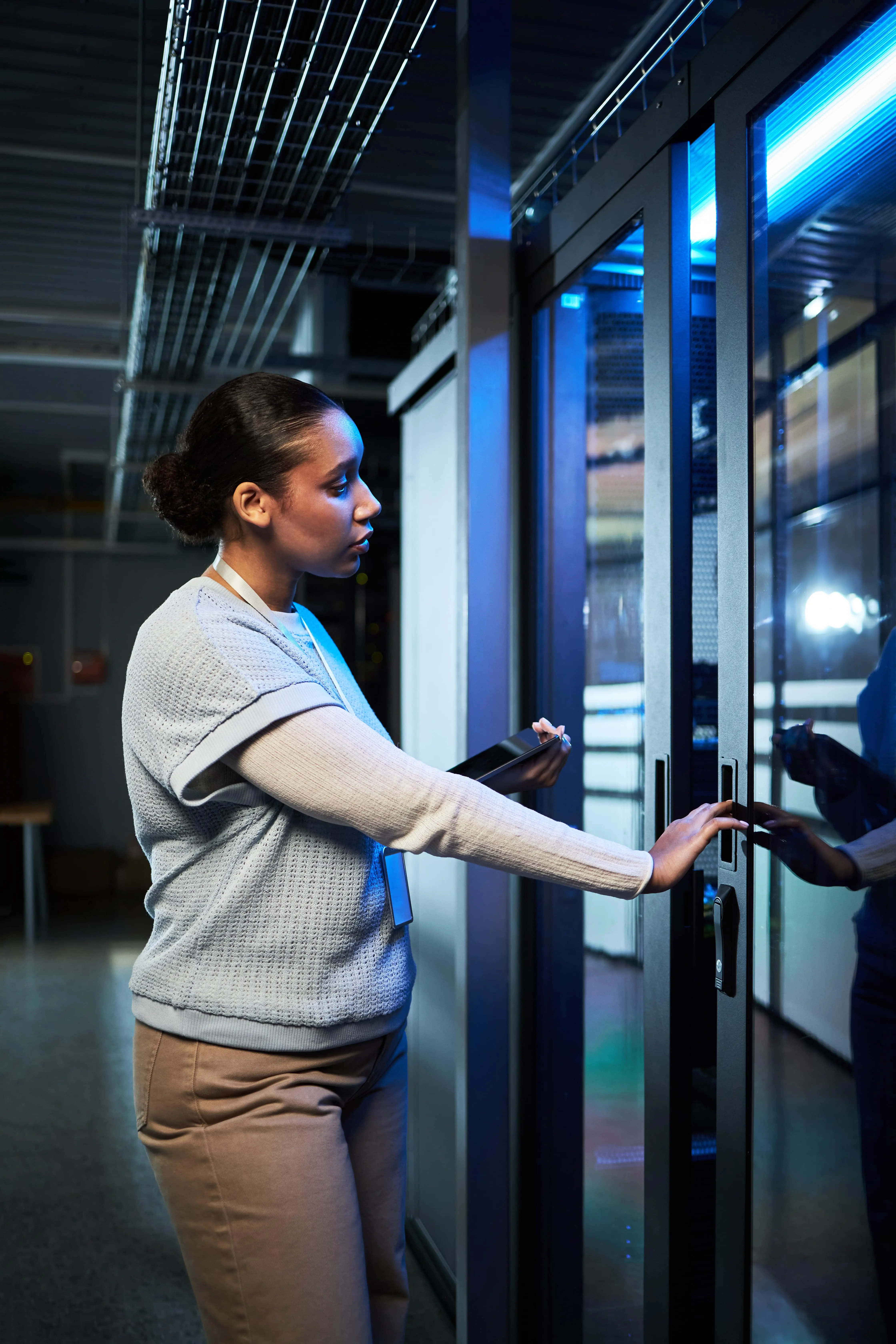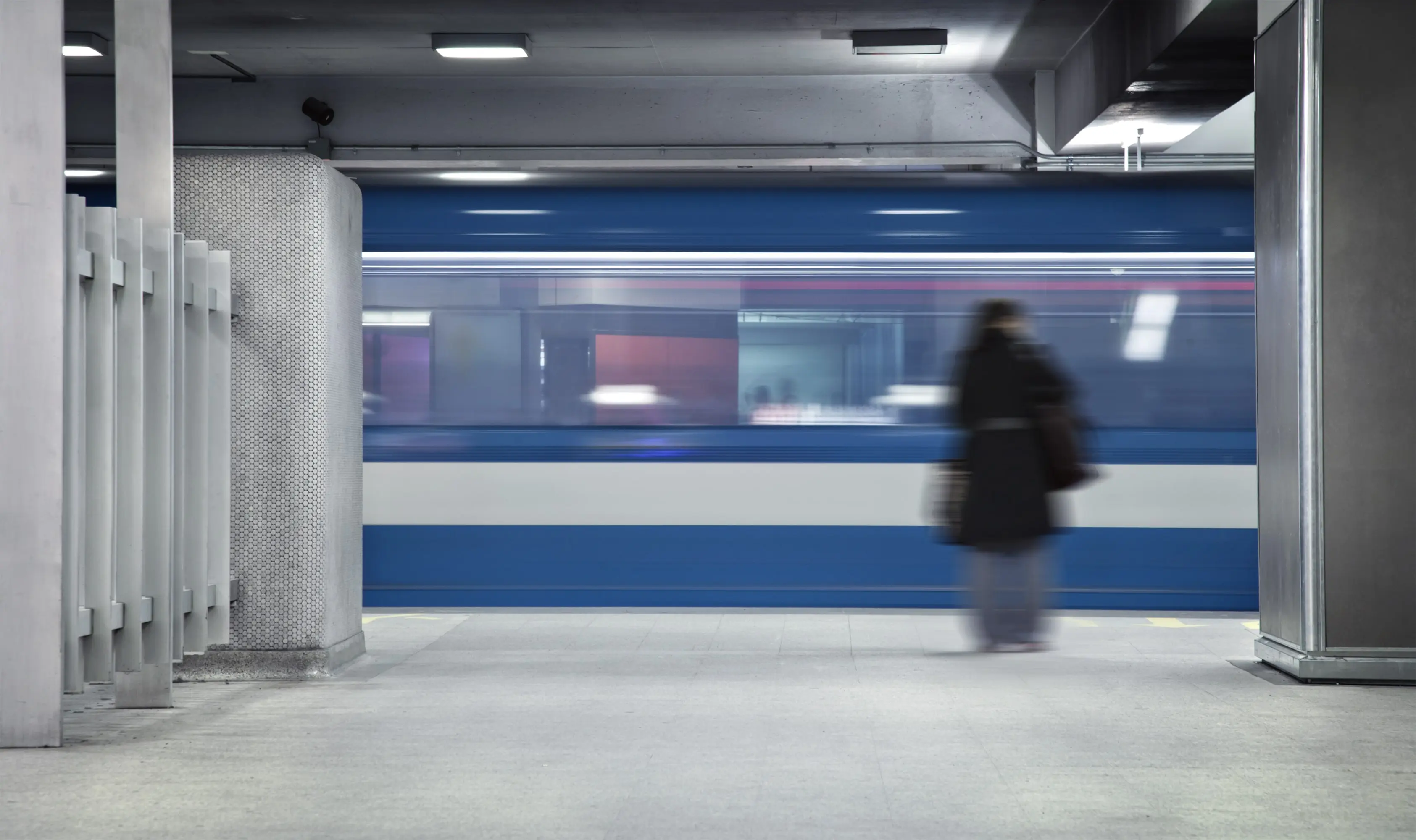Platform Screen Door Installation: Complete Project Management Guide
Platform Screen Door (PSD) installation represents one of the most complex engineering projects in modern metro systems. The successful implementation of Platform Screen Door Systems requires meticulous planning, advanced technical expertise, and comprehensive project management throughout all phases.
1. Project Planning and Initial Assessment Phase
The foundation of successful Platform Screen Door installation begins with comprehensive project planning and detailed technical assessment of existing infrastructure.
Site Survey and Technical Assessment
- Platform structural analysis: Load-bearing capacity evaluation
- Electrical infrastructure assessment: Power supply adequacy analysis
- Signaling system compatibility: Integration feasibility study
- Environmental conditions: Temperature, humidity, ventilation analysis
- Operational requirements: Train fleet compatibility assessment
| Assessment Parameter | Critical Requirements | Evaluation Methods | Compliance Standards |
|---|---|---|---|
| Structural Load Capacity | Min 2.5 kN/m² distributed load | FEM analysis, load testing | EN 1991-2, ASCE 7 |
| Electrical Power Supply | 380V 3-phase, 50/60 Hz | Power quality analysis | IEC 61000-4-30 |
| Signal Integration | CBTC/ATC compatibility | Protocol testing | EN 50129, IEEE 1474 |
| Environmental Conditions | -20°C to +60°C operation | Climate monitoring | EN 50125-1 |
| Seismic Resistance | 8-9 Richter scale | Seismic analysis | IBC 2018, EN 1998 |
2. Design and Engineering Phase
The design phase involves detailed engineering calculations, 3D modeling, and system integration planning to ensure optimal performance and safety.
Technical Design Requirements
Mechanical Design
- Door panel dimensions and materials
- Track guidance systems
- Drive mechanisms and motors
- Emergency release systems
- Seismic isolation systems
Electrical Design
- Control system architecture
- Safety sensor networks
- Emergency power systems
- Communication interfaces
- Lighting and indication systems
Design Phase Timeline and Milestones
Design Phase Duration: 4-6 Weeks
- Week 1-2: Preliminary design and concept development
- Week 3-4: Detailed engineering and calculations
- Week 5: Design review and optimization
- Week 6: Final design approval and documentation
3. Manufacturing and Quality Control Phase
The manufacturing phase requires strict quality control procedures and comprehensive testing to ensure all components meet international safety standards.
Manufacturing Process Control
- Material sourcing: Certified suppliers and quality verification
- Component fabrication: Precision manufacturing with tolerances ±0.5mm
- Assembly procedures: Controlled environment assembly
- Quality testing: 100% component testing and validation
- Pre-delivery inspection: Final quality assurance before shipment
Manufacturing Quality Metrics
±0.5mm tolerance
99.98% precision rate
Grade 316L stainless steel
Tempered safety glass
100% component testing
2M+ cycle durability test
4. Installation and Implementation Phase
The installation phase requires careful coordination with ongoing metro operations to minimize service disruptions while ensuring safety and quality.
Installation Methodology
Phase 1: Infrastructure Preparation (3-5 days)
- Platform surface preparation and marking
- Electrical conduit installation
- Foundation anchor point installation
- Safety barrier installation
Phase 2: Mechanical Installation (5-8 days)
- Fixed structure assembly and alignment
- Door panel installation and calibration
- Drive system installation and testing
- Track and guidance system setup
Phase 3: Electrical and Control Systems (4-6 days)
- Control cabinet installation
- Sensor network deployment
- Communication system setup
- Safety system integration
Phase 4: Testing and Commissioning (3-5 days)
- System functionality testing
- Safety system validation
- Integration testing with train systems
- Performance optimization
5. Testing and Commissioning Procedures
Comprehensive testing protocols ensure system reliability, safety, and optimal performance before handover to operations.
Testing Protocol Matrix
| Test Category | Test Procedures | Acceptance Criteria | Duration |
|---|---|---|---|
| Functional Testing | Door operation, sensor response | 100% successful operations | 2 days |
| Safety Testing | Emergency systems, obstacle detection | SIL 3 safety level compliance | 1 day |
| Performance Testing | Opening/closing times, accuracy | ±2 seconds timing tolerance | 1 day |
| Integration Testing | Train interface, signaling system | 100% communication success | 2 days |
| Endurance Testing | 1000+ cycle operation test | No performance degradation | 1 day |
6. Project Management and Risk Mitigation
Effective project management ensures timely delivery while mitigating potential risks that could impact installation schedule or quality.
Risk Assessment and Mitigation Strategies
High Risk Factors (30%)
- Operational Disruption: Service interruption during installation
- Mitigation: Night-time work windows, phased installation
Medium Risk Factors (45%)
- Timeline Delays: Weather, supply chain issues
- Mitigation: Buffer time allocation, backup suppliers
Project Team Structure
Management Team
- Project Manager
- Site Supervisor
- Quality Assurance Manager
- Safety Coordinator
Technical Team
- Mechanical Engineer
- Electrical Engineer
- Software Engineer
- Systems Integration Specialist
Installation Team
- 6-8 Field Technicians
- Electrical Technicians
- Mechanical Specialists
- Testing Engineers
7. Post-Installation Support and Maintenance
Comprehensive maintenance programs ensure long-term system reliability and optimal performance throughout the operational lifecycle.
Preventive Maintenance Schedule
Daily Maintenance (5 min/station)
- Visual inspection of door panels
- Operating status indicator check
- Emergency system functionality
- Sensor cleanliness verification
Weekly Maintenance (30 min/station)
- Function testing of all doors
- Sensor calibration check
- Control system diagnostics
- Cleaning and lubrication
Monthly Maintenance (2 hours/station)
- Comprehensive system testing
- Motor and drive inspection
- Cable and connection check
- Software update and backup
Annual Maintenance (8 hours/station)
- Complete system overhaul
- Safety system recertification
- Performance optimization
- Compliance audit and reporting
8. Installation Cost Analysis and Budget Planning
Understanding the financial aspects of Platform Screen Door installation is crucial for project budgeting and financial planning.
Installation Cost Components (per 100m platform)
45%
Equipment & Materials
$450,000 - $550,000
25%
Installation Labor
$250,000 - $300,000
20%
Testing & Commissioning
$200,000 - $250,000
10%
Project Management
$100,000 - $120,000
9. Quality Assurance and Compliance Standards
Platform Screen Door installation must comply with international safety and quality standards to ensure passenger safety and operational reliability.
International Compliance Standards
Safety Standards
- EN 50129: Railway applications safety
- IEC 62267: Platform screen doors
- EN 13849-1: Safety control systems
- IEC 61508: Functional safety
Quality Standards
- ISO 9001: Quality management
- EN 15085: Railway welding
- EN 45545: Fire protection
- EN 50125: Environmental conditions
10. Future Trends in Platform Screen Door Installation
The evolution of installation technologies and methodologies continues to improve efficiency, reduce costs, and minimize operational disruptions.
Emerging Installation Technologies
- Modular Installation Systems: Pre-fabricated modules for faster deployment
- 3D Printing Components: On-site manufacturing of custom parts
- Augmented Reality (AR) Guidance: Installation accuracy and training
- IoT Integration: Real-time monitoring during installation
- Automated Testing Systems: Faster commissioning procedures
Conclusion
Successful Platform Screen Door installation requires comprehensive project management, technical expertise, and strict adherence to safety standards. With proper planning and execution, these systems provide decades of reliable service while significantly enhancing metro system safety and efficiency. As technology continues to evolve, installation processes become more efficient and cost-effective, making Platform Screen Door systems increasingly accessible to metro operators worldwide.










